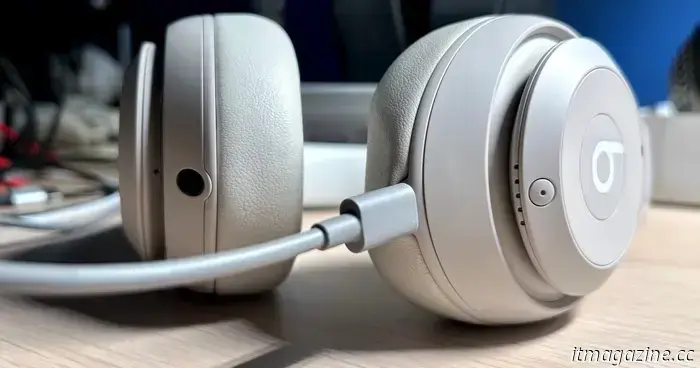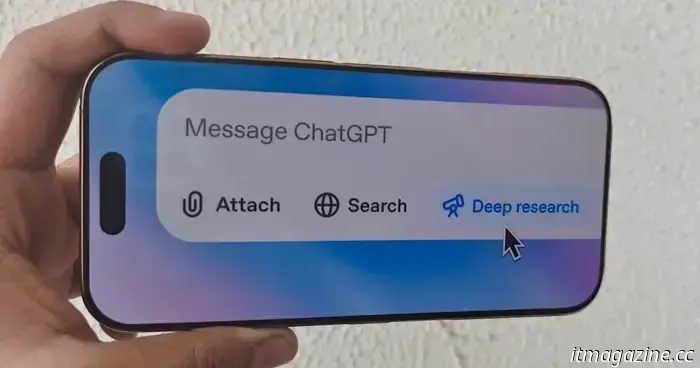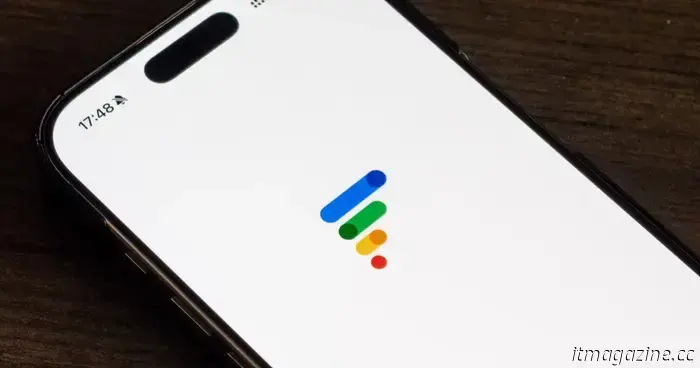
Lossless audio represents a significant improvement, but the cables are somewhat disappointing.
One of the most significant advancements in wireless headphones is the introduction of lossless audio through USB. Rather than depending on a wireless Bluetooth connection, which invariably leads to compression and some loss of audio detail, the latest headphones allow a direct connection to a smartphone or computer using a USB-C cable. This setup enables 100% of the digital music's zeros and ones to stream to your headphones without any compression.
Unfortunately, reconnecting with a cable to our devices is the trade-off we accept for achieving digital audio perfection. Generally, I’m fine with this (though wireless lossless audio would be even better). What really frustrates me, however, are the thick, stiff USB-C cables that typically come with USB Audio headphones.
For instance, consider the Beats Studio Pro. They were the first headphones from Apple to support USB Audio upon their release (the USB-C AirPods Max has since been updated to include this feature as well). Despite their fairly steep $350 price tag, they come with a USB-C cable that is adequate for charging but uncomfortable to use while wearing the headphones.
While USB-C cables may appear similar, they can have very different feels. Simon Cohen / Digital Trends
I don't mean to single out Beats; I've noticed this issue with other headphones too. JBL’s $399 Tour One M3 — an impressive technological innovation — also includes a USB-C cable that seems to require a massage to straighten out. Spending more on headphones doesn’t necessarily eliminate this problem. Recently, I've been testing Focal’s remarkable Bathys MG, a $1,299 set of wireless headphones that sound fantastic, particularly when connected via USB-C. You would think that at this price point, Focal would provide a thin, soft, tangle-free, braided USB-C cable. Unfortunately, it's only marginally more manageable than the ones from Beats and JBL.
What bothers me about bulky cables? They're cumbersome and uncomfortable. When you try to connect one of these heavy cords to a laptop, you soon realize that your arm frequently brushes against it. With little flexibility, any movement translates into vibrations felt through the headphones. If you're on the move while connected to your phone, the noise from the cable being jostled can also be heard. Thick cables transmit more than just electricity; they also carry vibrations.
Master & Dynamic MW75 cables. A true delight. Simon Cohen / Digital Trends
Ironically, the best USB-C cable I've encountered wasn’t even bundled with a set of USB Audio headphones. It’s the power cable that comes with Master & Dynamic’s MC300 headphone stand. It’s as lightweight and thin as a typical analog cable and very pliable. I don’t think Master & Dynamic (M&D) ever intended it to be used as a lossless digital cable, but it performs beautifully in that capacity. In fact, I think M&D has a better understanding of cable design than many other audio brands. The USB-C and 3.5mm cables that accompany the company's flagship MW75 wireless headphones are thin, flexible, and braided, making them a pleasure to use.
Am I overemphasizing the importance of cable quality? Maybe. But I anticipate that soon, I won’t be the only one urging audio companies to develop better cables. I also believe these companies are aware that consumers care about cables. While Beats may not include a quality USB-C cable with the Studio Pro, it offers a premium USB-C cable in four colors for $19. It's still not as good as M&D’s cables, but with its tangle-free, braided design, it’s a significant improvement over the standard Studio Pro option.
And to you, Sony, if you’re reading this, I have a suggestion. Rumors suggest that you will soon introduce your next-generation XM Series wireless headphones, likely called the WH-1000XM6. Though I’ve heard nothing certain about their specifications, I’d be surprised if you don’t finally include USB Audio (I genuinely don’t understand why it took you so long). If this is the case, for the love of lossless audio, please give us a USB-C cable that’s as thin and flexible as the analog cables you’ve provided for years (or as close to that as possible).
Consider this a plea for better quality cables; we need a more flexible wire we can rely on. Because to fully enjoy the advantages of lossless listening, we need to eliminate these disappointing cables.


Other articles
 How a $30 accessory transformed my iPad Air into the ideal companion for travel and streaming.
The Rolling Square Edge Pro Core is changing how I use my 13-inch iPad Air, enhancing its portability and user-friendliness.
How a $30 accessory transformed my iPad Air into the ideal companion for travel and streaming.
The Rolling Square Edge Pro Core is changing how I use my 13-inch iPad Air, enhancing its portability and user-friendliness.
 It's not just a figment of your imagination — ChatGPT models indeed hallucinate more nowadays.
Internal tests indicate that newer models such as o3 and o4-mini exhibit a considerably higher rate of hallucination compared to older versions, and OpenAI is uncertain about the reasons behind this.
It's not just a figment of your imagination — ChatGPT models indeed hallucinate more nowadays.
Internal tests indicate that newer models such as o3 and o4-mini exhibit a considerably higher rate of hallucination compared to older versions, and OpenAI is uncertain about the reasons behind this.
 6 security settings I consistently modify on a new Windows PC
These are the Windows 11 security settings I promptly adjust as soon as I can.
6 security settings I consistently modify on a new Windows PC
These are the Windows 11 security settings I promptly adjust as soon as I can.
 I used a paid search engine for a week, and I don't believe I'll return to it.
I experimented with a paid search engine to explore options beyond Google, and it turned out to be quite impressive.
I used a paid search engine for a week, and I don't believe I'll return to it.
I experimented with a paid search engine to explore options beyond Google, and it turned out to be quite impressive.
 Google Fi was already my top choice for eSIM while traveling, and now it’s even improved.
Google Fi was already my preferred eSIM for travel, but Google has just introduced a range of enhancements that make it even more appealing. Here's why!
Google Fi was already my top choice for eSIM while traveling, and now it’s even improved.
Google Fi was already my preferred eSIM for travel, but Google has just introduced a range of enhancements that make it even more appealing. Here's why!
Lossless audio represents a significant improvement, but the cables are somewhat disappointing.
An increasing number of headphones are providing lossless USB audio, but the cables often seem to be an afterthought.
